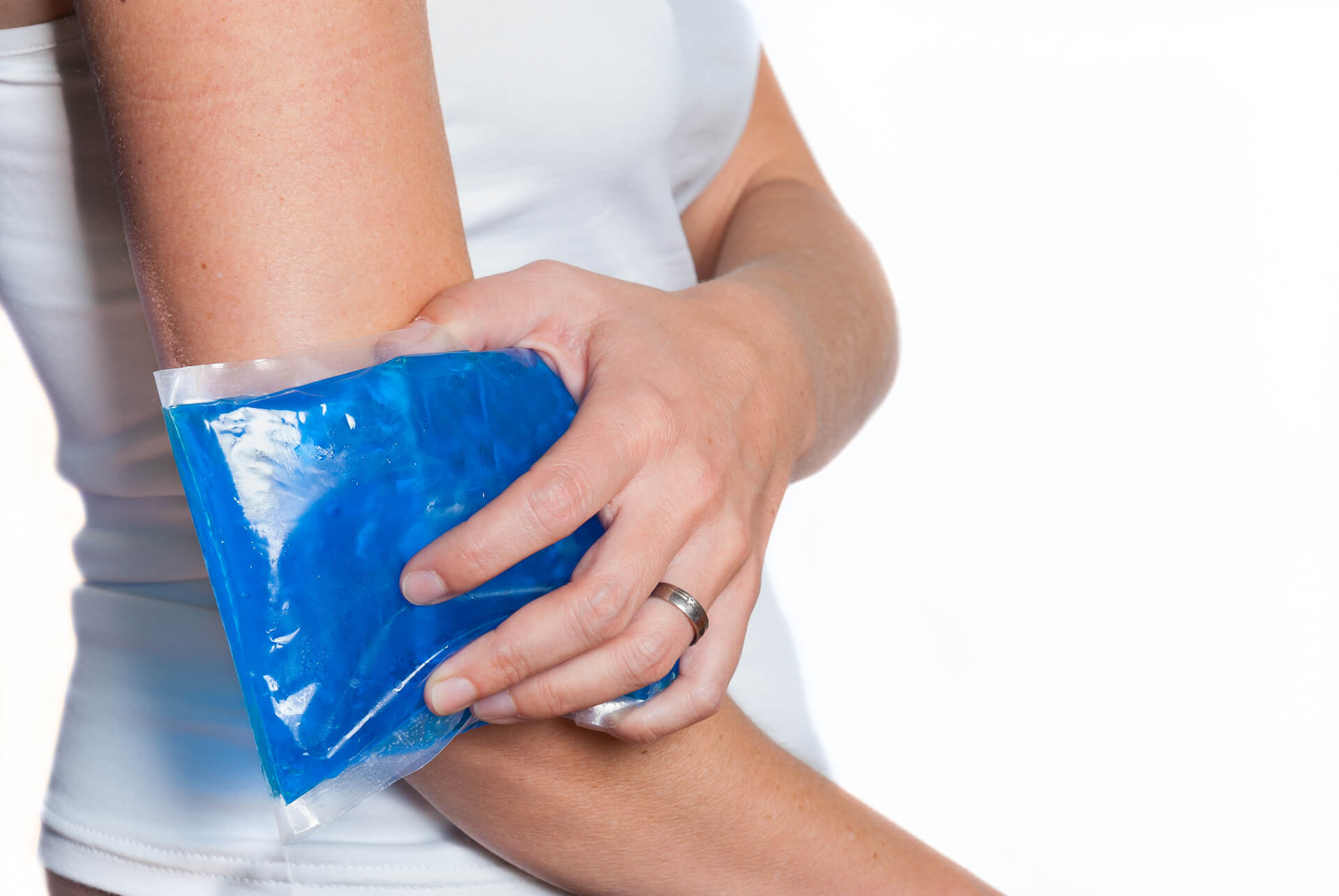Should we ice an acute injury?
Everyone who has completed their first aid training will be aware of the acronym RICE.
Part 1 of the first aid for muscle strain injuries blog covered the scarce research behind compression.
We are trained that for acute injury management, we should also apply ice (cryotherapy) to the injured body part.
The aim is to allow adequate healing, reduce the swelling (and subsequent secondary tissue damage), and minimise pain.
What does the evidence show?
A systematic review in 2004 included 22 studies with a population group of various acute injuries or surgeries.
There was some low-level evidence showing that ice plus exercise is most effective, after ankle sprains and post surgery.
The majority of studies were unfortunately of low quality so it is difficult to draw clear conclusions from this.
There was also no evidence of an optimal mode or duration of ice application.
The effects of ice have been studied in detail, not in injured humans however, but in rats.
The clinical trial looked at the application of ice in rats with contusion (cork) injuries.
The data showed that with injury, there is an increase in microvascular permeability with significant leukocyte-endothelial interactions.
This means there is more activity at the injured site from white blood cells and the immune system. 20 minutes of ice significantly decreased this microvascular permeability.
A reduction in these cells therefore reduced the swelling (oedema) with ice applied.
Perhaps this is reason enough to ice an injured or swollen area, presuming the same response occurs in people.
Bleakley and colleagues (2012) mention that there is an abundance of evidence from basic scientific models for the efficacy of ice; these consistently demonstrate that ice can influence key cellular and physiological events associated with injury recovery.
The effects included:
- Decreased cellular metabolism
- Altered white cell activity within the vasculature (as seen in the rat study)
- Reduced muscle necrosis and apoptosis (cell death)
Ice can reduce the premature death of cells and muscle tissue!
European and world experts deliberated on the topic of early management of elite athletes and published their findings.
They reported that early ice is considered somewhere between useful and essential in first aid for muscle strain injuries.
What should be done in practice?
While there is controversy in terms of the effectiveness of ice with deep injuries under layers of adipose tissue or muscle, common sense should certainly prevail.
In regard to the optimal time applied, and type of application there is widespread variability in the research.
We suggest 10-20 minutes of ice application every 1-2 hours as able for the first 2-3 days post muscle strain injury.
While there are many expensive options out there we recommend using a mode that is readily available and easy to use including reusable ice packs, ice placed in plastic bags (easy to buy from the shops or freeze your own) or even utilising frozen peas which mould to the injured area nicely.
Just don’t eat them afterwards!
Keep an eye out for future blogs where we can discuss incorporating heat therapy into our rehabilitation, once our patient is past the acute phase of injury.
Daniel is the team physiotherapist at Claremont Football Club and a guest lecturer for Sports Medicine Australia. He is happy to answer any questions you may have about your injuries and available for consultations at our Cottesloe and Claremont clinics.
April 5, 2017
References
- Bleakley, C., Glasgow, P., & Webb, M. (2012). Cooling an acute muscle injury: can basic scientific theory translate into the clinical setting? Br J Sports Med; 46:296–298. doi:10.1136/bjsm.2011.086116
- Bleakley, C., McDonough, S., & MacAuley, D. (2004). The use of ice in the treatment of acute soft-tissue injury: a systematic review of randomized controlled trials. American Journal of Sports Medicine, 32(1), 251-261.
- Deal, D., Tipton, J., Rosencrance, E., Curl, W., & Smith, T. (2002). Ice reduce edema: A study of microvascular permeability in rats. The Journal of Bone and Joint Surgery, 84, 1573-1578.
- Huard, J., Li, Y., & Fu, F. H. (2002). Muscle injuries and repair: current trends in research. Journal of Bone & Joint Surgery – American Volume., 84-A(5), 822-832.
- Orchard, J., Best, T., Mueller-Wohlfahrt, H., Hunter, G., Hamilton, B., Webborn, N., et al. (2008). The early management of muscle strains in the elite athlete: best practice in a world with limited evidence basis. British Journal or Sports Medicine, 42, 158-159.

